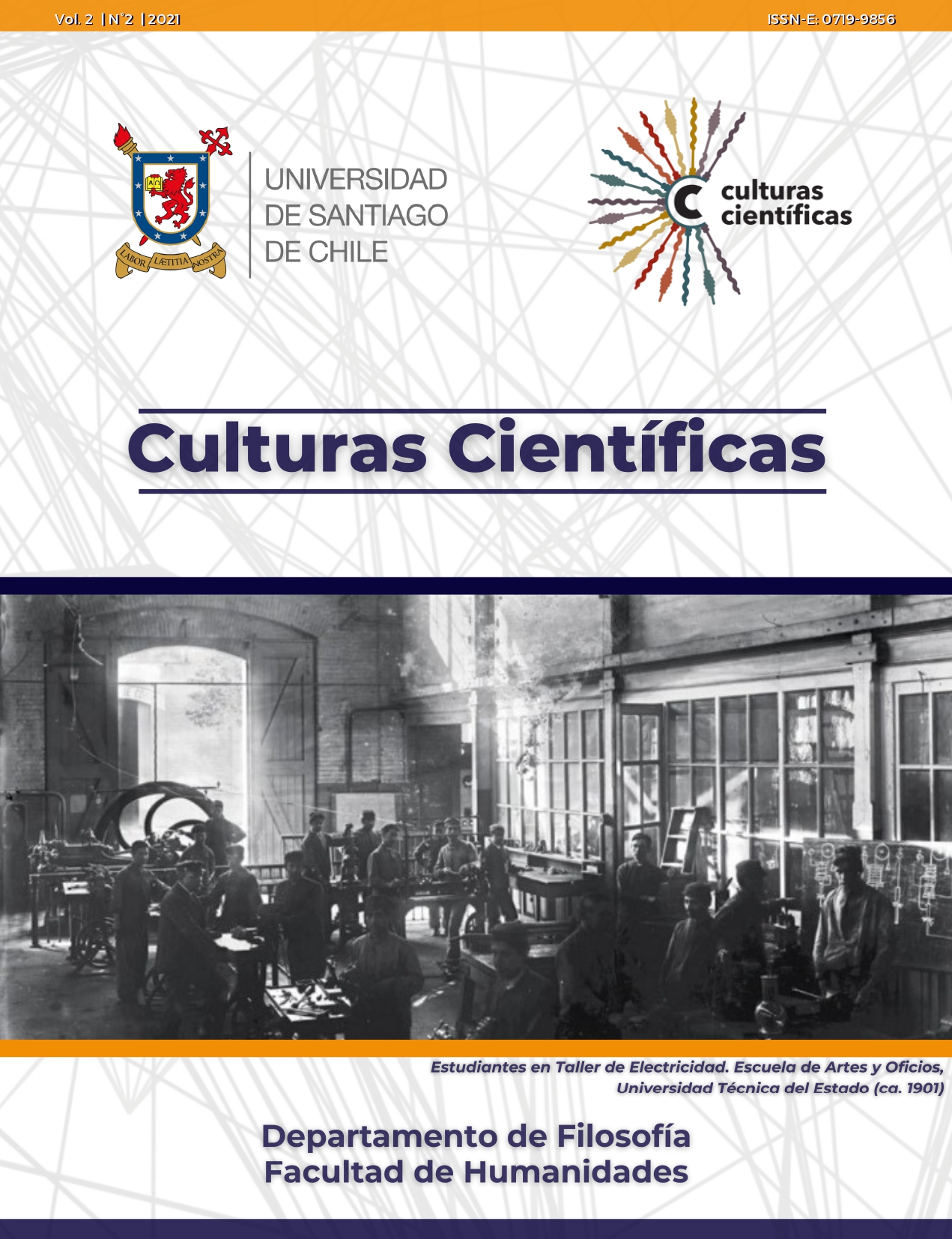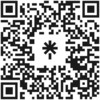Mixed Mathematics in G. W. Leibniz's Research
a Fruitful Domain Between Representing and Intervening
DOI:
https://doi.org/10.35588/cc.v2i2.5160Keywords:
Mathematical practice, Problem solving, Seventeenth century, Machines, Material cultureAbstract
In order to promote interaction among disciplines and recover a pragmatic approach of mathematical knowledge in high school education, Yves Chevallard raises the need to introduce mixed mathematics in the curricula. Mixed mathematics, whose apogee took place in Europe between the sixteenth and eighteenth centuries, face problems arising from outside mathematics by employing mechanical notions -such as center of gravity and centrifugal force- and the use of various instruments to construct figures or machine design. In this paper I consider mixed mathematics in the mathematical culture of the second half of seventeenth century and in this context, I focus on two cases from G. W. Leibniz's mathematical practice in which mathematical research involves machine design. Invoking Ian Hacking’s terminology, such examples allow mixed mathematics to be placed in a middle-ground between representing and intervening. The middle-ground between representing and intervening is a fruitful domain that facilitates feedback among disciplines and places great emphasis on the role of problems and material culture for the development of mathematical knowledge.
Downloads
References
Barbin, E. (2006). La révolution mathématique au XVIIe siècle. Paris: Ellipses.
Blåsjö, V. (2017). Transcendental curves in the leibnizian calculus. Studies in the History of Mathematical Enquiry. Elsevier. doi: https://doi.org/g92j
Bos, H. (2001). Redefining Geometrical Exactness: Descartes Transformation of the Early Modern Concept of Construction. New York: Springer Verlag. doi: https://doi.org/dqt9h9
Brown, G. (1991). "The Evolution of the Term 'Mixed Mathematics'". Journal of the History of Ideas, 52(1): 81-102. doi: https://doi.org/ckk7ft
Chevallard, Y. (2013). “La matemática y el mundo: superar ‘el horror instrumental’”. En La matemática en la escuela. Por una revolución epistemológica y didáctica. Buenos Aires: Libros del Zorzal.
Grey, J. (2003). El reto de Hilbert: los 23 problemas que desafiaron a la matemática. Barcelona: Crítica.
Grosholz, E. (2007). Representation and productive ambiguity in mathematics and the sciences.
Oxford: Oxford University Press. doi: https://doi.org/g92k Hacking, I. (1996). Representar e intervenir. México, D.F.: Paidós.
Hofmann, J. (1974). Leibniz in Paris (1972-1976): his growth to mathematical maturity.
Cambridge: Cambridge University Press.
Leibniz, Gottfried Wilhelm (1951). “Preface to the general science”. En P. Wiener (Ed.), Lebiniz selections. Scribner (Original work published 1677).
Leibniz, G. W. (1903). Opuscules et fragments inédits de Leibniz (L. Couturat ed.). Paris: Félix Alcan.
Leibniz, G. W. (1993). De quadratura arithmetica circuli ellipseos et hyperbolae cujus corollarium est trigonometria sine tabulis (E. Knobloch ed.). Göttingen: Vandenhoeck & Ruprecht.
Leibniz, G. W. (1703). “Explication de l’arithmetique binaire, qui se sert des seuls caracteres 0 & 1; avec des remarques sur son utilité, et sur ce qu'elle donne le sens des anciennes figures Chinoises de Fohy.”. En Gerhardt (ed.), Die mathematische Schriften von Gottfried Wilhelm Leibniz, VII:223-227.
Leibniz, G. W. (1679). "De la numération binaire" (Yves Serra trad.). URL: http://www.bibnum.education.fr/calculinformatique/calcul/de-la-numeration-binaire.
Morales, J. (2016). “Aspectos icónicos en la representación de los números: el caso de Leibniz en Explication de l'arithmétique binaire (1703)”. Revista Brasileira de História da Matemática, 16(32): 41-51. doi: https://doi.org/g92m
Parmentier, M. (1995). G. W. Leibniz. La naissance du calcul différentiel. Paris: Vrin. Plutarco (2006). Vidas Paralelas. Madrid: Editorial Gredos.
Ranea, G. (2012). “Matemáticas mixtas, máquinas e infinitesimales en la controversia entre Denis Papin y G. W. Leibniz, 1689-1707”. En Nicolás Andruskiewitsch (ed.), Actas de la Academia Nacional de Ciencias, 15: 71-84.
Downloads
Submitted
2021-09-24Published
Issue
Section
License
Copyright (c) 2021 José Gustavo Morales

This work is licensed under a Creative Commons Attribution 4.0 International License.











